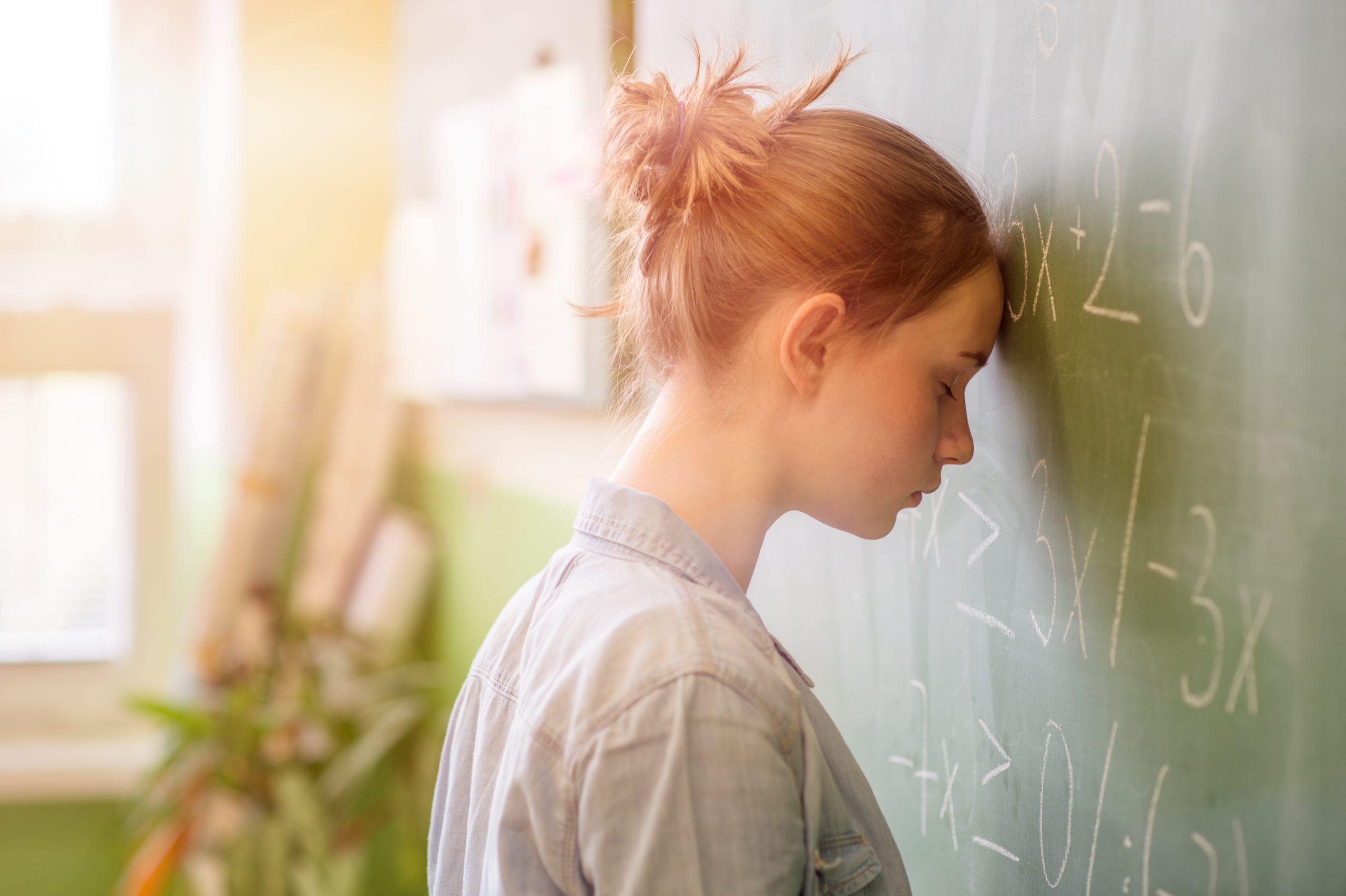Many behaviors exhibited by teenagers are normalized within our culture; behaviors that, if we looked a bit deeper, would potentially signify inner turmoil and discord. Take for instance, our culture’s use of words like, “senioritis,” a term we loosely give to children who have stopped exerting energy towards their academic, athletic and social responsibilities.
A well accomplished student abruptly begins disregarding their obligations, starts acting “lazy,” and shows minimal concern for the repercussions. A star athlete who typically spends hours a day on the playing field is now refusing to even suit up. It is easy to rationalize it with such a mild explanation; that they are simply choosing to no longer exert the energy required to stay on track.
The truth of the matter is that these behaviors are most likely masking a deeper concern, one more adequately labeled as burnout.
Burnout is described as a unique type of stress that causes an individual to fall into a state of physical and emotional exhaustion, leaving one feeling as though they have nothing else to offer.
If we stop and think about it, the cause of adolescent and teen burnout becomes glaringly obvious. Times have changed, and the expectations that were set forth for us at that age are no longer adequate for our youngsters. Instead, our children are experiencing more stress, pressure and competition than ever before.
Look around, its everywhere –
Athletics are no longer simply played at a recreational level. Instead, children are asked to dedicate themselves and most of their free time to the mastery of one sport in order to keep up with the level of competition. It is no longer guaranteed that a 4.0 and a nearly perfect SAT score will gain admission into a prestigious four-year university. So ultimately, the focus on building a resume, finding unique ways to set themselves apart and planning for college starts before children even step foot into high school.
Add in having to navigate friendships, social obligations, romantic relationships, family responsibilities….and to top it off, a global pandemic that has removed all certainty and stability from their lives for over two full years.
It is typical for children who are juggling all of these expectations to experience stress.
But when does that stress transition into something more and how can you tell the difference?
When we are stressed, we feel overwhelmed by what lies ahead; anxious and inundated with “too much.” Too much responsibility, too much pressure, too much demand both physically and emotionally. Although dysregulated and imbalanced, under stress, we still function.
Burnout however, is about no longer having enough. Not enough energy, motivation or care; feeling empty and depleted, detached and disengaged. The ability to function on the level we are typically capable of seems impossible as we struggle to perform even the simplest of tasks.
Burnout is a subtle progression; one that may not be initially easy to detect.
However, it is imperative to keep an eye out for any and all of the following signs of burnout:
Apathy
Avoidance of decision making
Development of an escapist mentality
Fatigue both mentally and physically
Inability to focus
Impatience and irritability
Loss of motivation and interest
Withdrawal / lack of social interaction
Exhaustion experienced in burnout is one so deep that it is not remedied through typical periods of recovery. Instead, it remains present, negatively impacting our ability and willingness to function.
What to do..
According to recent studies by the Center for Disease Control and Prevention, teenage mental health hospitalizations have increased dramatically over the past few years, especially amongst the female population, which has seen a 50% increase in hospital admission for mental health concerns.
Although burnout does not necessarily account for all of these cases, when teenagers experience burnout, they begin to assume that this is what life will feel like forever, and that there is minimal, if any, other way out.
Since burnout is a gradual process, we are afforded the opportunity to proactively assist our children to become better equipped in staying protected. It is always easier to establish a foundation rooted in self care and preservation in a preventative effort, then to try and fix the behaviors while in distress.
Below is a list of helpful techniques to assist in building this foundation:
Be Conscious of Our Own Contribution
As parents, we have our own hopes and aspirations for our children. We see their potential and want to nurture their interests. Sometimes however, our words and actions that are intended to be supportive, can unintentionally place pressure on them. It is imperative to always do our own self check-ins, to identify and separate our own interests and expectations from those of our children.
Practice Mindfulness
Just as we do our own self check-ins, its essential that we encourage our children to do the same. This mindful practice enables them to take moments throughout the day to connect with themselves – to identify any triggers that are causing dysregulation, recognize their thoughts and feelings, and above all else, to simply push pause.
Set Realistic Expectations
We all relish in the excitement of our children’s successes, sharing in their hopes of one day being the best, smartest, most accomplished of the group. Regardless of how talented, intelligent or motivated our children are, we must take a step back and assess the situation. Do we, along with our children, really understand the end goal in all of this? Are our expectations realistic, healthy and attainable, or are we allowing ourselves to play into unrealistic, romanticized versions that will only leave our children feeling as though they have failed if they are unable to achieve them?
Implement Downtime To Transition Out of The Day
Children today are so overscheduled that they are completing homework assignments or finishing up daily obligations up until the moment their eyes close. The physiological impact of this is drastic. Without the ability to decompress from the day, there is never the opportunity to “refuel their tank.” Not only does this trigger mental and physical exhaustion, it minimizes the importance of recognizing and prioritizing their innate needs. By encouraging a transitional period before bed that affords an opportunity to fully decompress and put closure to the day, we are enabling our children to learn better time management and self-care.
Learn When To Say No
We live in a culture that celebrates the need to be busy. Although structure and productivity are essential to one’s own physical and mental health, one of the most important lessons we can teach our children is in learning how to say no. The ability to create and enforce these boundaries enables a child to put themselves and their own needs first, recognizing when that tank is empty and in need of replenishment.
It isn’t always easy to identify when our children are struggling. But it’s imperative to keep a watchful eye for the subtle changes, reactions and behaviors. In doing so, we are better equipped to recognize potential signs of stress and exhaustion, and help our children to establish a foundation built on greater insight and awareness of their own mind and body.




